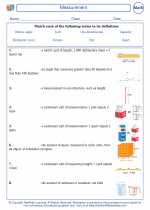Rain Gauge
A rain gauge is a meteorological instrument used to measure the amount of precipitation (rain, snow, etc.) that falls at a particular location over a specific period of time. It is an essential tool for monitoring and recording precipitation data for weather analysis, agriculture, and water resource management.
Types of Rain Gauges
There are several types of rain gauges, but the most common one is the standard rain gauge, which consists of a cylindrical container with a funnel at the top and a measuring tube inside. As precipitation falls into the funnel, it is collected in the measuring tube, where the depth of the water can be measured to determine the amount of rainfall.
How to Use a Rain Gauge
- Place the rain gauge in an open area, away from obstructions such as trees or buildings, to ensure accurate measurements.
- Check the rain gauge regularly, preferably at the same time each day, and record the depth of the water collected in the measuring tube.
- Empty the rain gauge after each measurement to prepare for the next precipitation event.
Reading and Recording Measurements
Measure the depth of the water collected in the measuring tube using a ruler or a graduated scale marked on the side of the tube. Record the measurement in millimeters or inches, depending on the unit of measurement used in your region.
Study Guide
Here are some key points to remember about rain gauges:
- What is the purpose of a rain gauge?
- Describe the main components of a standard rain gauge.
- Explain the importance of placing the rain gauge in an open area for accurate measurements.
- How often should the rain gauge be checked and emptied?
- How do you measure and record the depth of water collected in the rain gauge?
Understanding the principles and use of a rain gauge is essential for anyone interested in meteorology, environmental science, or agriculture, as it provides valuable data for monitoring and analyzing precipitation patterns.
.◂Math Worksheets and Study Guides Fourth Grade. Measurement
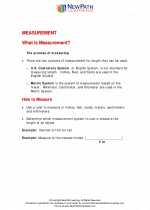
 Activity Lesson
Activity Lesson
 Activity Lesson
Activity Lesson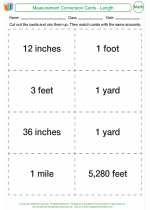
 Activity Lesson
Activity Lesson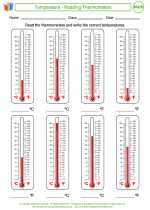
 Worksheet/Answer key
Worksheet/Answer key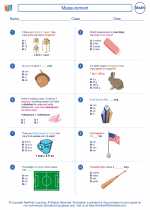
 Worksheet/Answer key
Worksheet/Answer key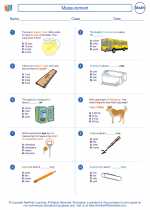
 Worksheet/Answer key
Worksheet/Answer key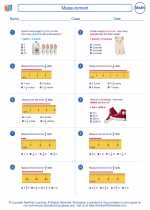
 Worksheet/Answer key
Worksheet/Answer key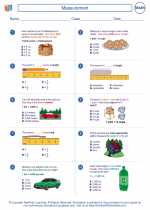
 Worksheet/Answer key
Worksheet/Answer key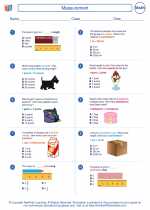
 Worksheet/Answer key
Worksheet/Answer key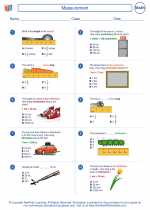
 Worksheet/Answer key
Worksheet/Answer key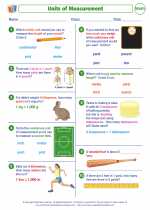
 Worksheet/Answer key
Worksheet/Answer key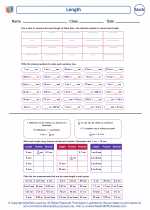
 Worksheet/Answer key
Worksheet/Answer key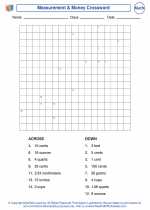
 Worksheet/Answer key
Worksheet/Answer key
 Vocabulary/Answer key
Vocabulary/Answer key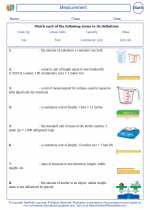
 Vocabulary/Answer key
Vocabulary/Answer key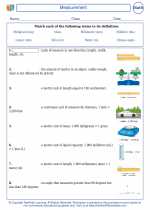
 Vocabulary/Answer key
Vocabulary/Answer key